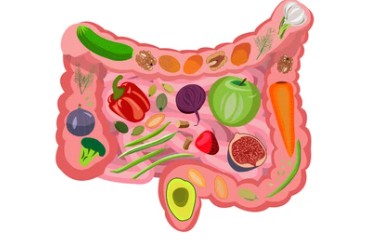Forage is the food of animals, and the definition of forage quality must depend on the ability of the animals to utilize it. The academic question of what constitutes and determines forage quality has attracted attention from various disciplines and a corresponding diversity of perspectives. Researchers recognize that the roles of plant and animal characteristics in determining forage quality are inextricably linked. That is, the concept of forage quality stems from the interaction of plant physicochemical characteristics with the feeding, digestion, nutrient absorption, and utilization capabilities of animals. Thus, the determinants of actual forage quality can be defined collectively as "a set of plant and animal variables that determine the rate of nutrient uptake." In addition, the interactions between these variables create a complex system, so a more accurate approach to understanding forage quality is at the system level.

We have provided solutions to assess forage quality based on plant and animal characteristics. Here, we consider that forage quality depends on the dynamic interactions between forage, rumen microbes, and animals. Based on many years of research and extension experience in the field of forage quality, Lifeasible is committed to developing integrated modeling aimed at combining plant and animal variables into one framework to examine how their interactions determine the behavior of the system.
Dynamic properties of forage, such as digestibility and passaging rates, can be used to predict digestion in different situations but require appropriate mathematical models. We aimed to develop dynamic models of ruminant fiber digestion and transport to assess forage quality. Our dynamic model adds a new dimension to assessing forage quality because it allows flexibility in determining the effect of plant and animal changes on forage utilization.
In the model, neutral detergent fiber is divided into three components as follows:
The indigestible fraction can only escape through the digestive tract, while the digestible fraction can disappear through digestion and transport.
Advantages of Dynamic Modeling of Fiber Digestion and Transport
Our ultimate goal in providing dynamic modeling of fiber digestion and transport is to help our customers predict forage quality and animal production performance, such as intake, digestibility, nutrient availability, and utilization. In addition, we conduct several experiments to test our assumptions about the structure of the model, including the theory of buoyancy of particle passage and the effect on microbial biomass digestibility. For more information or to discuss in detail, please contact us.
Reference
Lifeasible has established a one-stop service platform for plants. In addition to obtaining customized solutions for plant genetic engineering, customers can also conduct follow-up analysis and research on plants through our analysis platform. The analytical services we provide include but are not limited to the following:
STU-CRISPR System Improves Plant Genome Editing Efficiency
April 19, 2024
Application of Exosomes in Facial Beauty
April 12, 2024